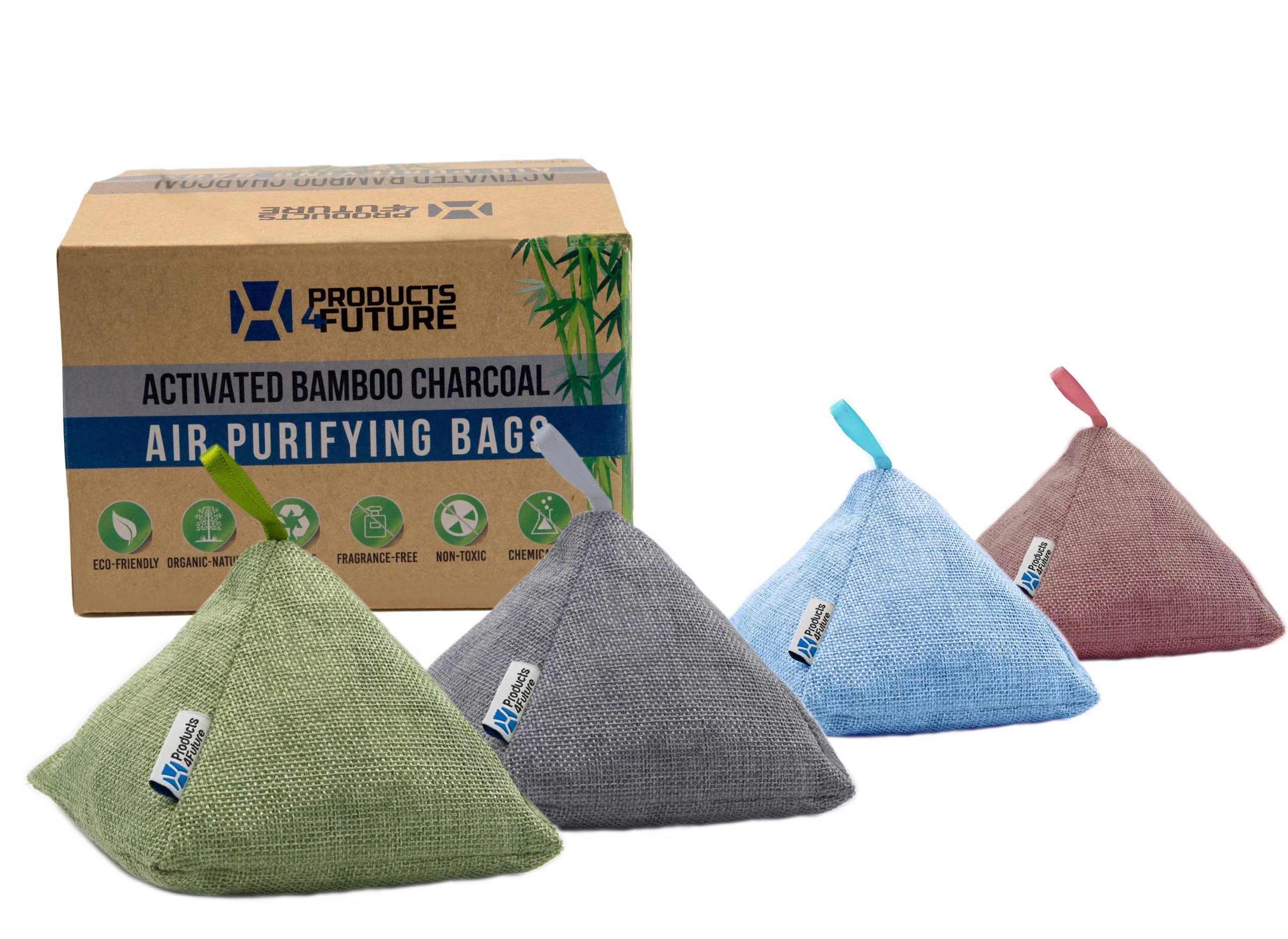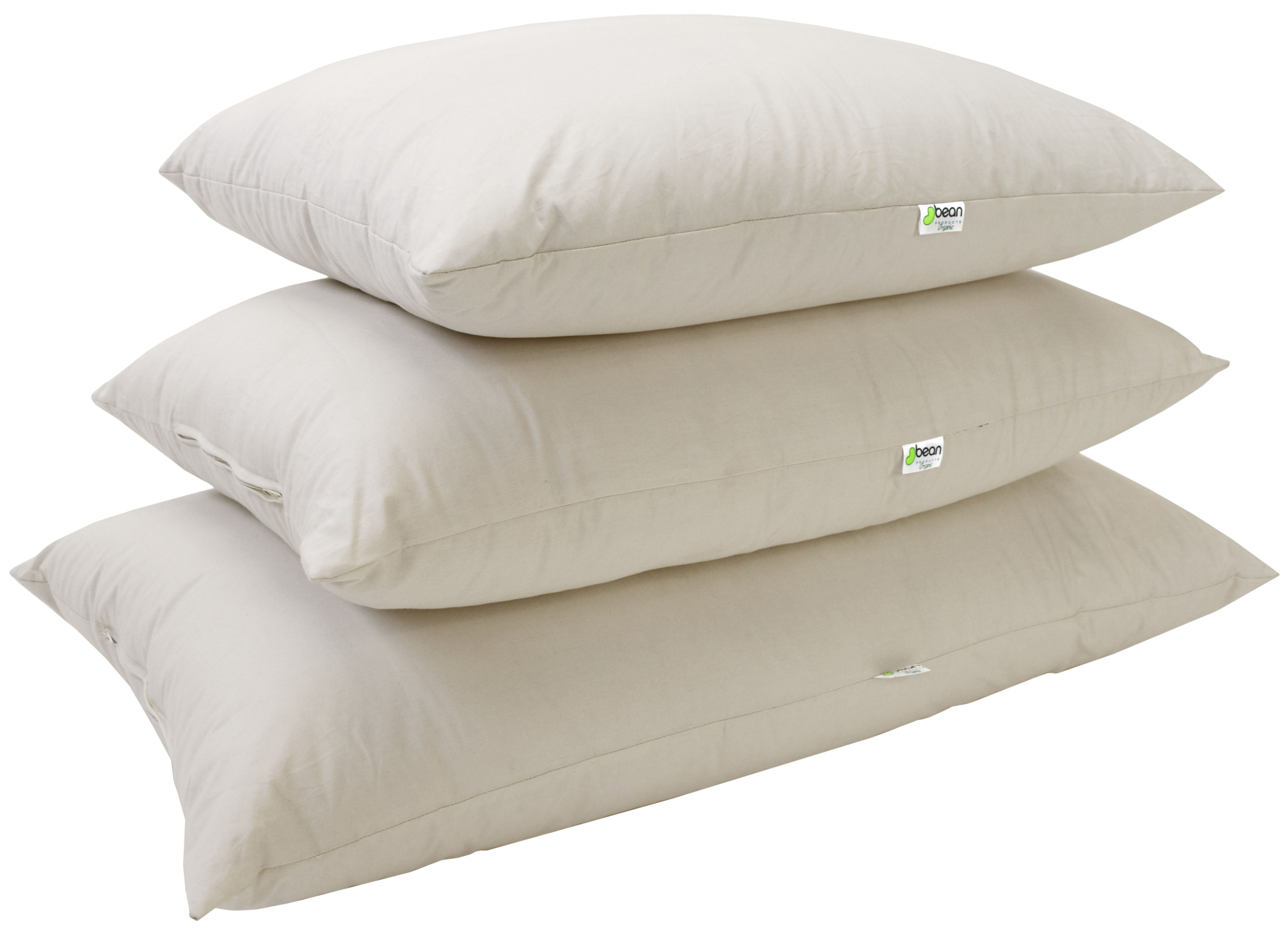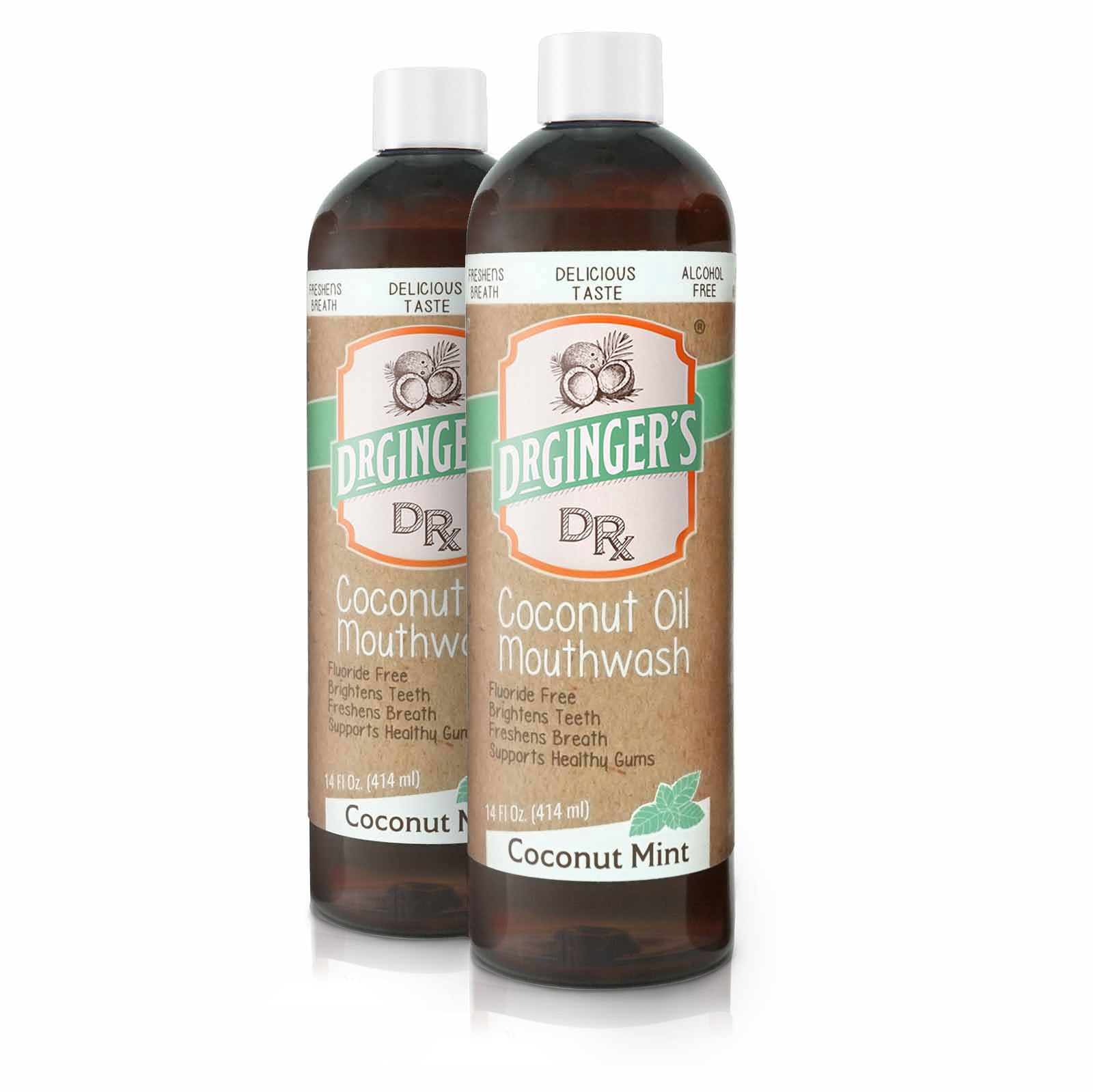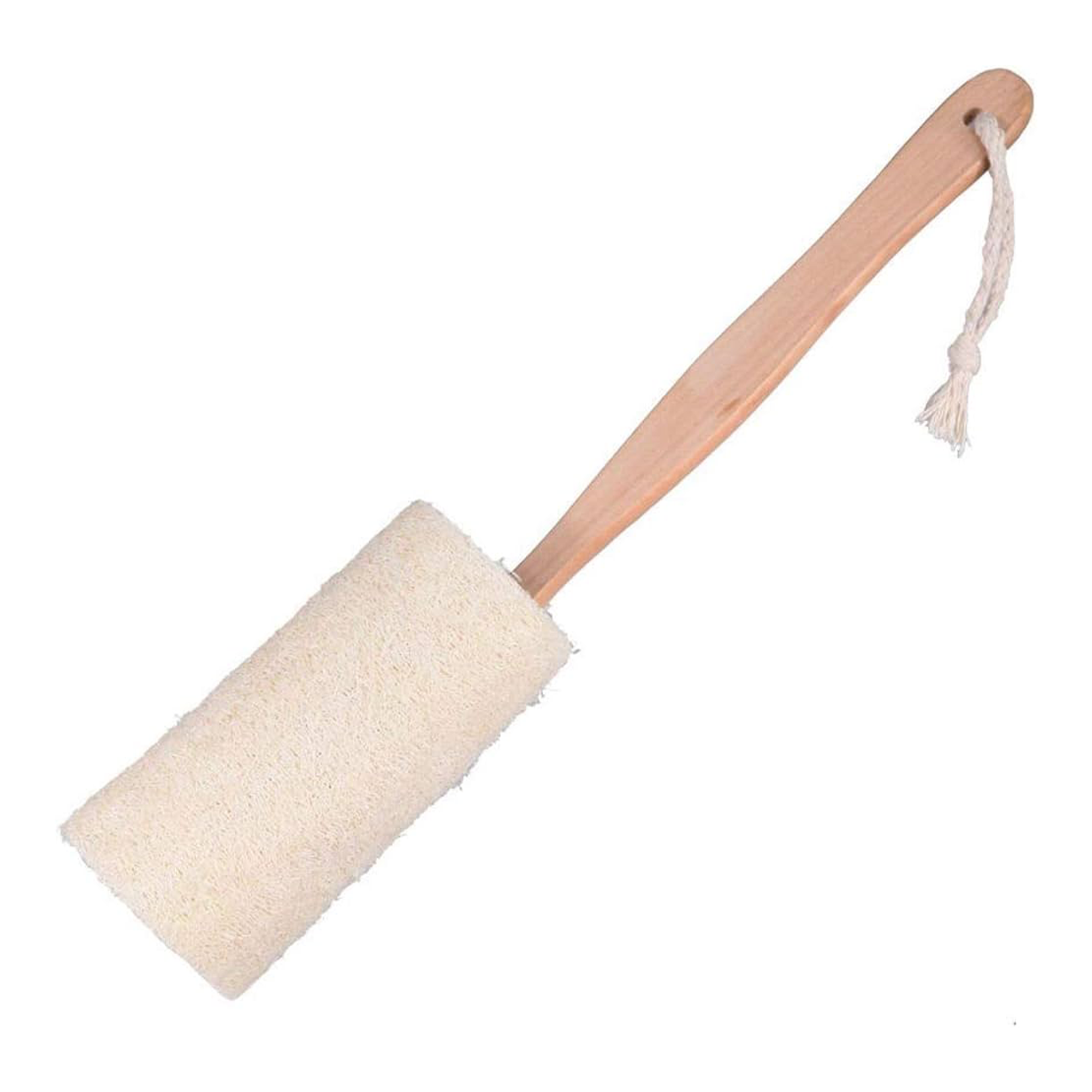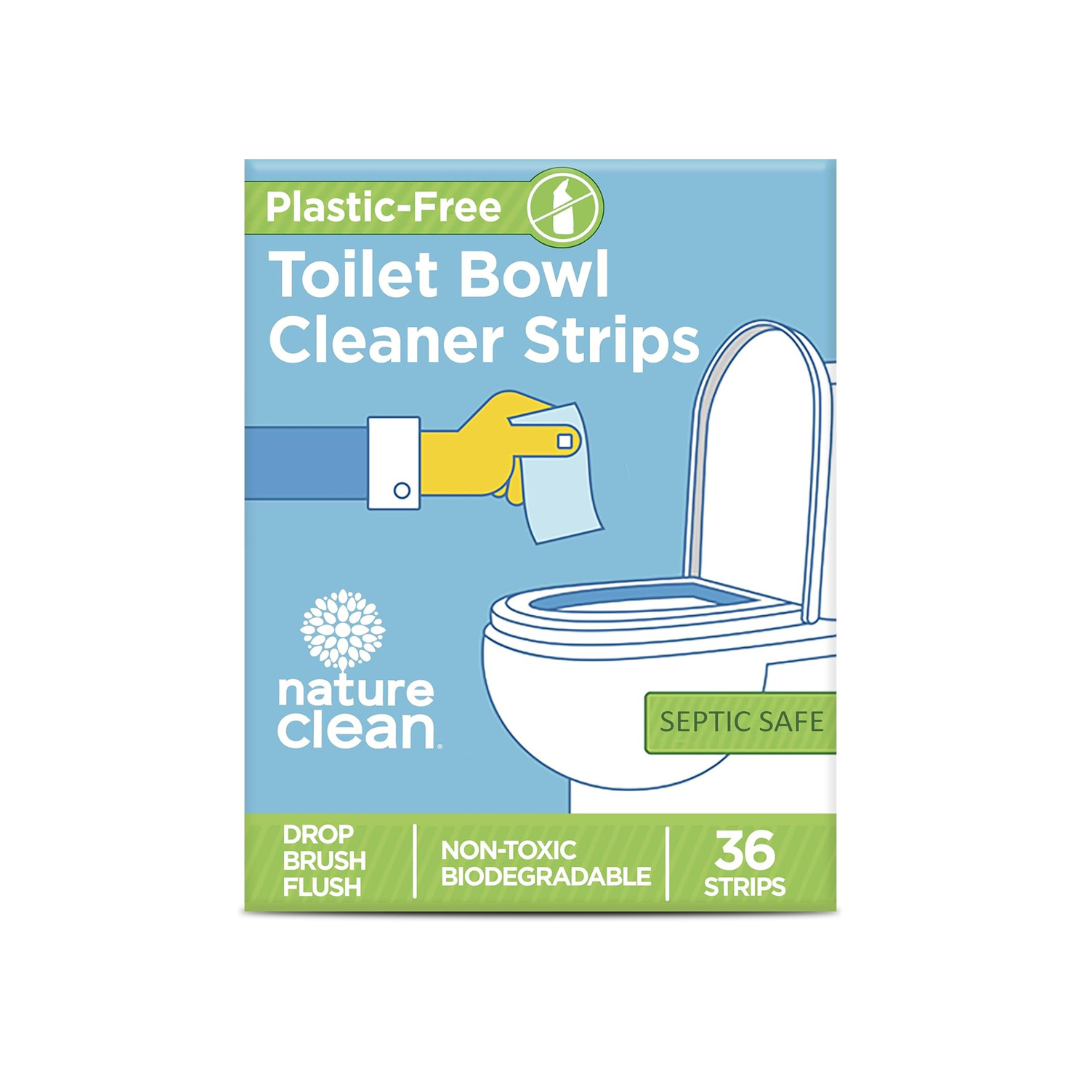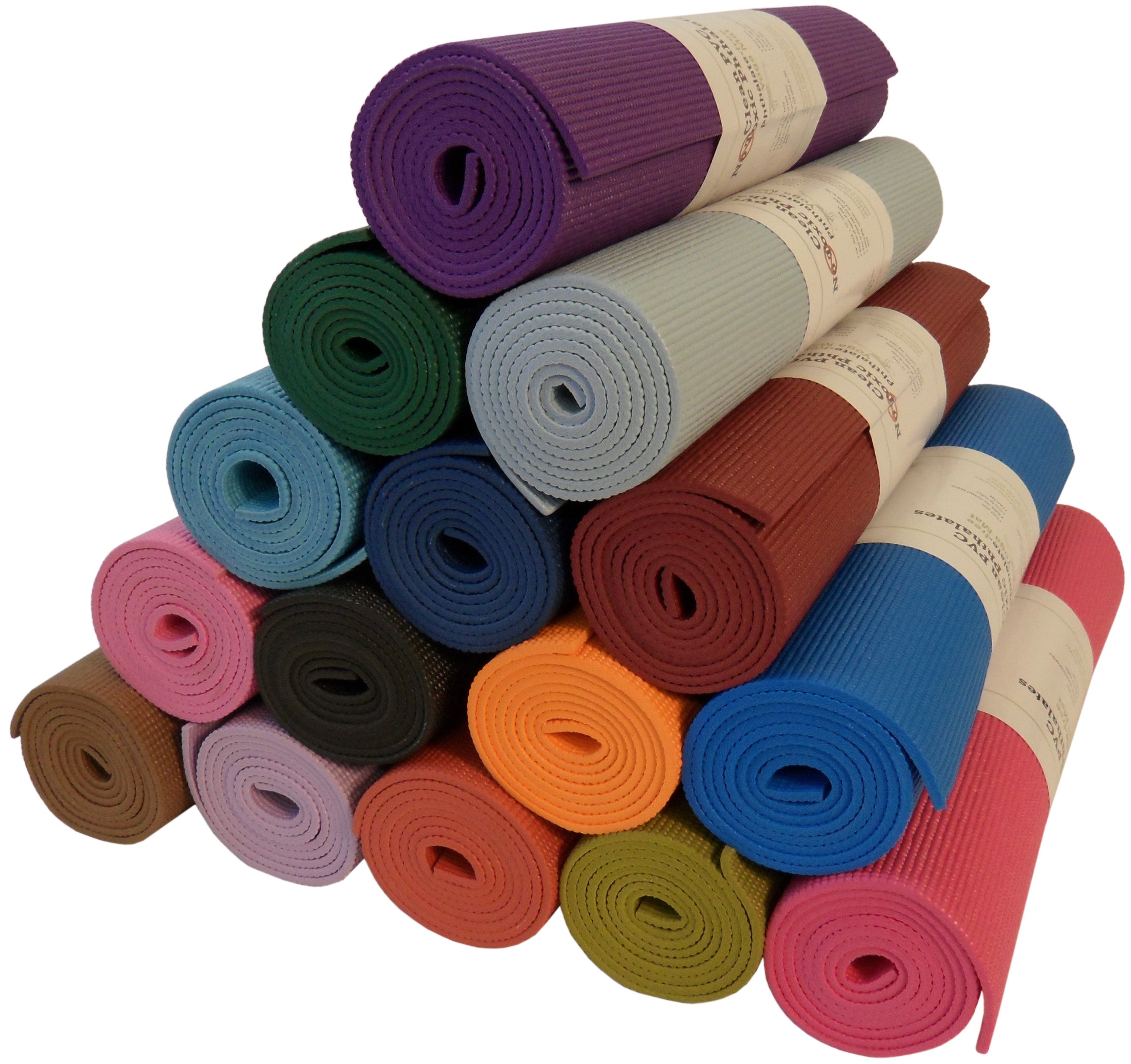Sustainable fashion, also known as ethical fashion, refers to the design, production, and consumption of clothing, shoes, and accessories in a way that minimizes the negative environmental and social impact throughout the entire lifecycle of the product. This includes the sourcing of raw materials, the manufacturing process, the transportation and distribution of goods, and the end-of-life disposal or recycling of the product.
To discover more about what we cove about sustainable fashion previously on Flora Blog:
Importance of Adopting Sustainable Fashion Practices
Adopting sustainable fashion practices is crucial for several reasons:
Environmental Impact: The fashion industry is a major contributor to environmental issues such as greenhouse gas emissions, water pollution, and textile waste. Transitioning to more sustainable practices can help mitigate these environmental harms.
Resource Conservation: Many traditional fashion materials, such as cotton and synthetic fibers, require significant natural resources like water and fossil fuels for their production. Sustainable fashion promotes the use of renewable, biodegradable, and recycled materials to conserve these precious resources.
Worker Welfare: Sustainable fashion prioritizes fair labor practices, ensuring garment workers are treated ethically and provided with safe working conditions, fair wages, and reasonable working hours.
Consumer Consciousness: As consumer awareness about the environmental and social impacts of the fashion industry grows, there is an increasing demand for more transparent and ethical fashion choices. Embracing sustainable fashion allows consumers to make informed, responsible purchasing decisions.
Long-Term Sustainability: By adopting sustainable practices, the fashion industry can reduce its carbon footprint, minimize waste, and ensure the longevity of the industry for future generations.
Incorporating sustainable fashion practices into one's wardrobe and purchasing habits can have a meaningful impact on the environment, society, and the future of the fashion industry.
The Environmental Impact of the Fashion Industry
The fashion industry has a significant environmental impact that must be addressed through the adoption of more sustainable practices. Some of the key environmental issues associated with the fashion industry include:
Greenhouse Gas Emissions
The fashion industry is responsible for approximately 10% of global greenhouse gas emissions, making it one of the most polluting industries in the world. The production of synthetic fibers, such as polyester, and the energy-intensive manufacturing processes contribute heavily to these emissions. Additionally, the transportation of raw materials and finished products adds to the carbon footprint of the industry.
Water Consumption
The fashion industry is a major consumer of water, with the production of a single cotton t-shirt requiring up to 2,700 liters of water. The cultivation of cotton, as well as the dyeing and finishing processes, are particularly water-intensive. In many regions, this high water usage puts a strain on limited water resources and can lead to water scarcity and pollution.
Textile Waste
The fast-paced nature of the fashion industry, coupled with the rise of "fast fashion," has resulted in an alarming amount of textile waste. It is estimated that over 92 million tons of textile waste is generated annually, with a significant portion ending up in landfills or being incinerated. This represents a significant loss of valuable resources and contributes to environmental degradation.
These environmental impacts underscore the urgent need for the fashion industry to adopt more sustainable practices, such as the use of renewable and recycled materials, the implementation of water-efficient production methods, and the promotion of a circular economy that reduces waste and encourages the reuse and recycling of textile products.
Sustainable Fabric Choices
When it comes to building a sustainable wardrobe, the choice of fabrics is crucial. Here are some eco-friendly fabric options to consider:
Organic Cotton
Organic cotton is a sustainable alternative to conventional cotton, which is often produced using synthetic pesticides and fertilizers. Organic cotton is grown without the use of harmful chemicals, reducing the environmental impact and ensuring better soil health. It is a natural, biodegradable, and renewable fiber that is soft, durable, and breathable.
Linen
Linen is a versatile, plant-based fiber derived from the flax plant. It is an eco-friendly choice as it requires less water and fewer pesticides compared to cotton. Linen is known for its durability, moisture-wicking properties, and ability to become softer with each wash. It is a sustainable and biodegradable fabric.
Wool
Wool is a natural, renewable, and biodegradable fiber that is often considered a sustainable option. Sheep farming can be done in an environmentally responsible manner, with attention to animal welfare and land management. Wool is a durable, insulating, and temperature-regulating fabric that can be reused and recycled.
Bamboo
Bamboo is a fast-growing, renewable resource that can be processed into a soft, breathable, and moisture-wicking fabric. Bamboo cultivation requires minimal water and no pesticides, making it a more sustainable choice than many synthetic fibers. Bamboo fabrics are also biodegradable.
Recycled Polyester
While polyester is a synthetic fabric, recycled polyester offers a more sustainable alternative. Recycled polyester is made from post-consumer plastic waste, such as discarded plastic bottles, reducing the need for virgin petroleum-based resources. This helps to divert waste from landfills and oceans, and reduces the environmental impact of polyester production.
By choosing these and other sustainable fabric options, consumers can reduce the environmental footprint of their fashion choices and support a more circular, eco-friendly fashion industry.
Tips for Building a Sustainable Wardrobe
Creating a sustainable wardrobe goes beyond just choosing the right fabrics. Here are some additional tips to help you build a more environmentally-friendly and ethically-conscious closet:
Investing in Quality, Long-Lasting Garments
Instead of constantly buying into the fast fashion trend of cheap, low-quality clothing, invest in well-made, high-quality garments that will last for years. These pieces are often more expensive upfront, but they will ultimately save you money in the long run and reduce waste. Look for clothing made from durable, sustainable fabrics with solid construction and timeless designs.
Secondhand Shopping and Clothing Swaps
Embrace the joy of secondhand shopping by visiting thrift stores, vintage shops, or online resale platforms. This allows you to find unique, pre-loved items at a fraction of the cost of new, while giving another life to clothing that would otherwise end up in landfills. Clothing swaps with friends and community groups are another great way to refresh your wardrobe sustainably.
Clothing Care and Repair
Extend the lifespan of your clothes by properly caring for them. Follow garment care instructions, use eco-friendly detergents, and air-dry when possible to reduce energy usage. Learn basic sewing and mending skills to repair any worn or damaged items, rather than discarding them. This not only saves money but also reduces textile waste.
By implementing these strategies, you can build a sustainable wardrobe that aligns with your values, reduces your environmental impact, and encourages a more circular fashion economy.
Conclusion
The fashion industry's environmental impact is undeniable, but the good news is that there are many steps we can take to mitigate this. By choosing sustainable fabrics, investing in quality clothing, embracing secondhand shopping, and caring for our garments, we can all play a role in creating a more eco-friendly and responsible fashion industry.
Remember, small changes can make a big difference. Start by incorporating some of these sustainable practices into your wardrobe, and continue to educate yourself on the latest developments in the world of sustainable fashion.
To learn more about sustainable fabrics and other eco-friendly fashion options, be sure to check out Flora. Also, for the latest news and insights on sustainable fashion, be sure to check out the Flora blog.




